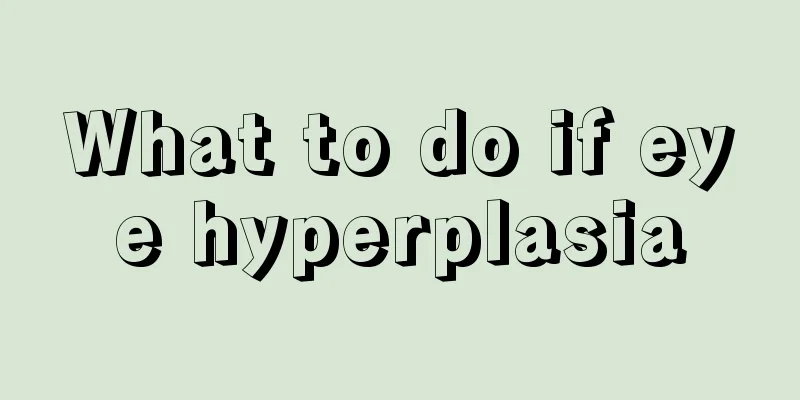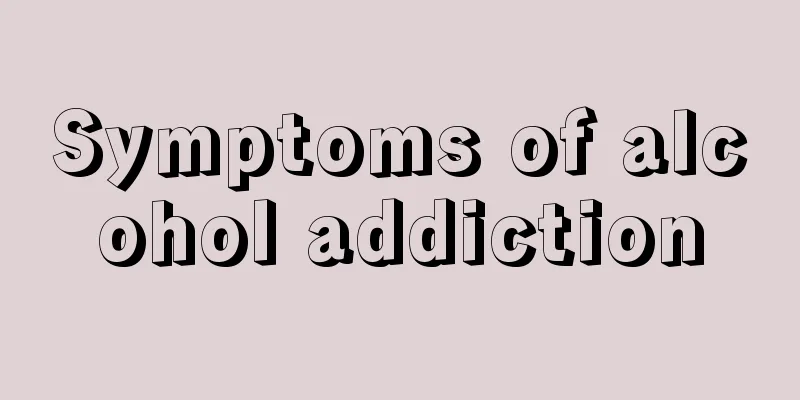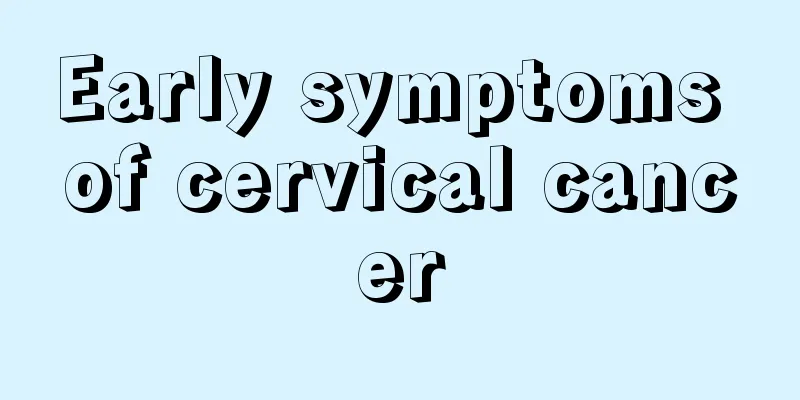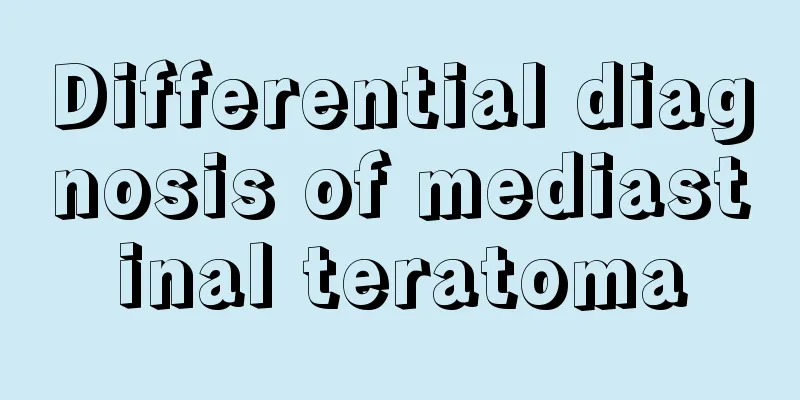What to do if eye hyperplasia

|
Hyperplasia in the eyes may be a manifestation of pterygium. The presence of pterygium will undoubtedly have a certain impact on people's eye health. If it is more serious, it may even compress the eye nerves and cause certain obstructions to people's vision. Therefore, if you have pterygium, you must seek treatment in time. Next, I will introduce the treatment methods of pterygium in detail! 1. Subconjunctival transplantation of pterygium head Suitable for those with thinner pterygium and lighter congestion. This surgical method is relatively simple to operate, but it is prone to local wrinkles and hypertrophy, and is prone to recurrence, so it is rarely used nowadays. 2. Simple excision of pterygium It is suitable for patients whose pterygium invades the cornea more and is progressive or close to the pupil edge, threatening the visual function of the affected eye, or for patients whose cataract or corneal transplant incision is affected or whose pterygium will be stimulated to develop after surgery, or for patients whose pterygium affects their appearance. This surgical method is relatively simple to operate and takes a relatively short time, but it is prone to recurrence after surgery. 3. Pterygium excision combined with free conjunctival flap transplantation It is suitable for patients with larger, more congested and hypertrophic pterygium, faster growth, or patients with more conjunctival loss during pterygium excision. This surgical method is relatively complicated and difficult to perform, and the conjunctival flap used for transplantation must be particularly careful not to reverse the front and back sides, but the surgical effect is good and the postoperative recurrence rate is relatively low. 4. Pterygium excision and pedicled conjunctival flap transplantation This surgical method is also suitable for patients with thicker, more congested pterygium and faster growth. Because the conjunctiva is elastic and compliant, this property can be used to separate the bulbar conjunctiva adjacent to the pterygium resection area, and after appropriate loosening and incision, it can be transplanted to repair the exposed scleral area. This method will not cause the conjunctival flap to be reversed, and the blood supply is good, so the transplanted conjunctiva grows and heals faster. The disadvantage is that there may be a certain tension when the conjunctiva is pulled and displaced, so the wound should be well aligned when suturing to avoid rupture of the conjunctival wound. No matter which method is used for pterygium, there is a possibility of recurrence, so it is important to explain this clearly to the patient in advance. To prevent the recurrence of pterygium after surgery, the key points of each step, such as the peeling of pterygium, the cleaning of the tissue under the pterygium, the exposure of the sclera or the use of conjunctival grafts, should be handled with caution during the initial operation. |
<<: Does spinach contain high purine?
>>: Hyperplasia after double eyelid surgery
Recommend
How much does skin grafting for skin cancer cost
How much does skin grafting cost for skin cancer?...
The swelling of the chin was reduced so quickly after injecting hyaluronic acid
Injecting hyaluronic acid into the chin is a comm...
What is the difference between sepsis and septicemia
Sepsis and septicemia are two common diseases in ...
The efficacy and function of jujube
For the fruit of jujube, many girls may have a de...
What's the matter with the white hair on the right side
In life, we often see people with white hair. In ...
What is the best way to treat knee pain
The knee position is prone to problems in middle-...
Can renal insufficiency be cured? How to treat renal insufficiency
Renal insufficiency is a relatively common kidney...
What causes high blood creatinine?
Creatinine is a metabolic product of muscle in th...
What is the reason for lower abdominal pain?
Lower abdominal pain is very familiar to many peo...
Side effects of Dettol disinfectant
Dettol disinfectant is the most versatile disinfe...
What are the benefits of washing your face with bitter melon water
Have you ever tried washing your face with bitter...
How to treat hand muscle atrophy?
Physical health has always been something that ev...
Can umbilical cord blood cure liver disease
Other selection functions are very important in c...
What symptoms indicate a back sprain?
In daily life, if you are not careful when liftin...
Seven things to do before going to bed to stop you from suffering from insomnia and dreaminess
Not getting enough sleep can harm your health. I ...









